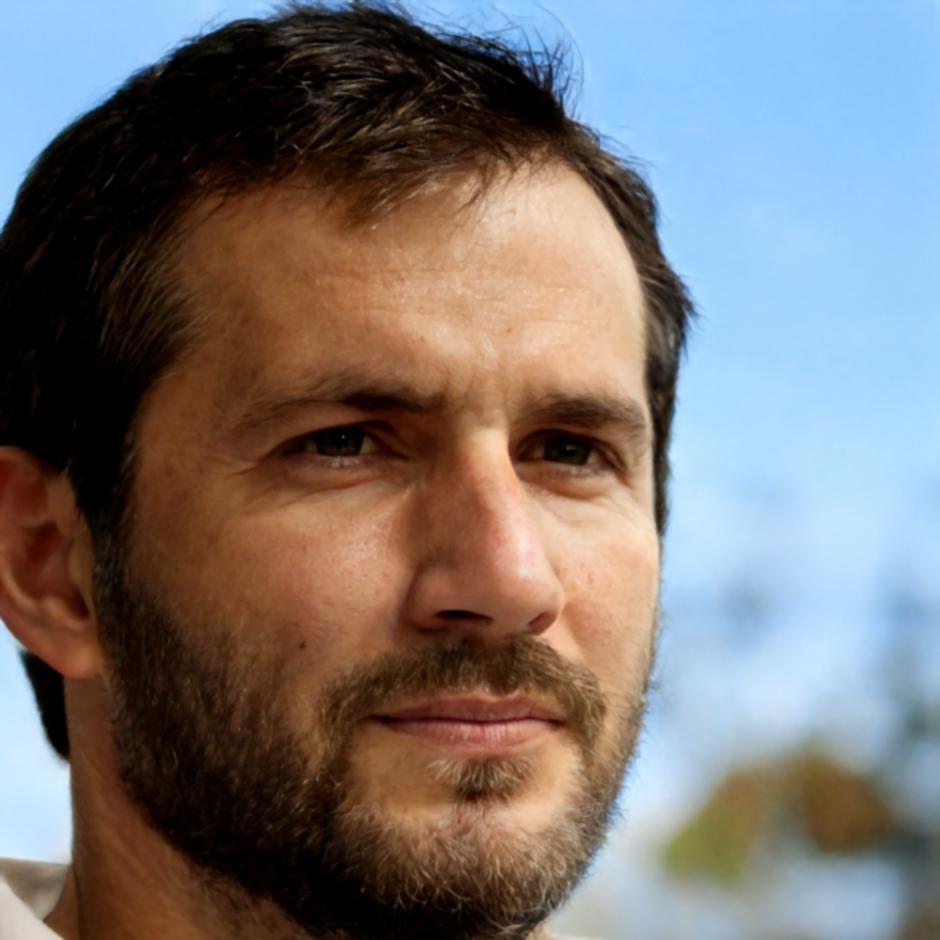Build Your Team's Financial Intelligence
Working with businesses since 2019, we've helped Australian teams develop practical financial skills that actually get used. Not theory-heavy lectures, but real-world capability building.

Financial Skills That Stick
Here's what we've noticed after years of this work—teams don't need another spreadsheet crash course. They need context. How to actually read a P&L when the quarterly review comes around. What budget variance really means for project decisions.
We built this program after watching managers struggle with financial conversations they should have been comfortable having. The curriculum focuses on situations your team encounters regularly, not textbook scenarios that never quite match reality.
- Financial statement interpretation in business context
- Budget planning and variance analysis for team leaders
- Cash flow concepts that apply to operational decisions
- Cost management strategies for department heads
How Learning Actually Happens
Six months of structured development starting September 2025, with ongoing support through March 2026.
Practical Framework
Learn financial concepts through scenarios pulled from actual business situations. Case studies are based on real company challenges, not academic exercises.
Team Integration
Groups work through financial analysis together, which mirrors how these decisions get made in practice. Peer discussion often clarifies concepts faster than solo study.
Application Focus
Participants bring their department's actual financials to sessions. Theory matters less than being able to explain your numbers in next month's review meeting.



What Development Looks Like
Rhydian Pembroke joined our October 2024 cohort as a mid-level operations manager who described financial reports as "something I skim before meetings." By March 2025, he was presenting budget proposals to his executive team.
Foundation Building
Started with basic financial statement structure. Rhydian spent time understanding how his operational decisions showed up in different reports. First breakthrough came when he connected inventory timing to cash flow patterns.
Applied Practice
Used his department's Q3 results to practice variance analysis. Identified three areas where actual spending diverged from budget, then worked through why it happened and what it meant for Q4 planning.
Confident Application
Built next year's department budget with minimal assistance. Presented it to leadership with clear explanations for each assumption. His CFO later mentioned the proposal quality was noticeably better than previous years.
Cerys Wainwright had a different starting point—strong with numbers but struggled to explain financial concepts to her non-finance team. After completing the program in January 2025, she now runs monthly financial reviews where her team actually understands the metrics they're discussing.
Next Cohort Starts September 2025
We're accepting applications for autumn programs now. Class size stays small—maximum 16 participants—so teams can get individual attention during sessions. Talk to us about whether this fits your development needs.
Schedule a Conversation